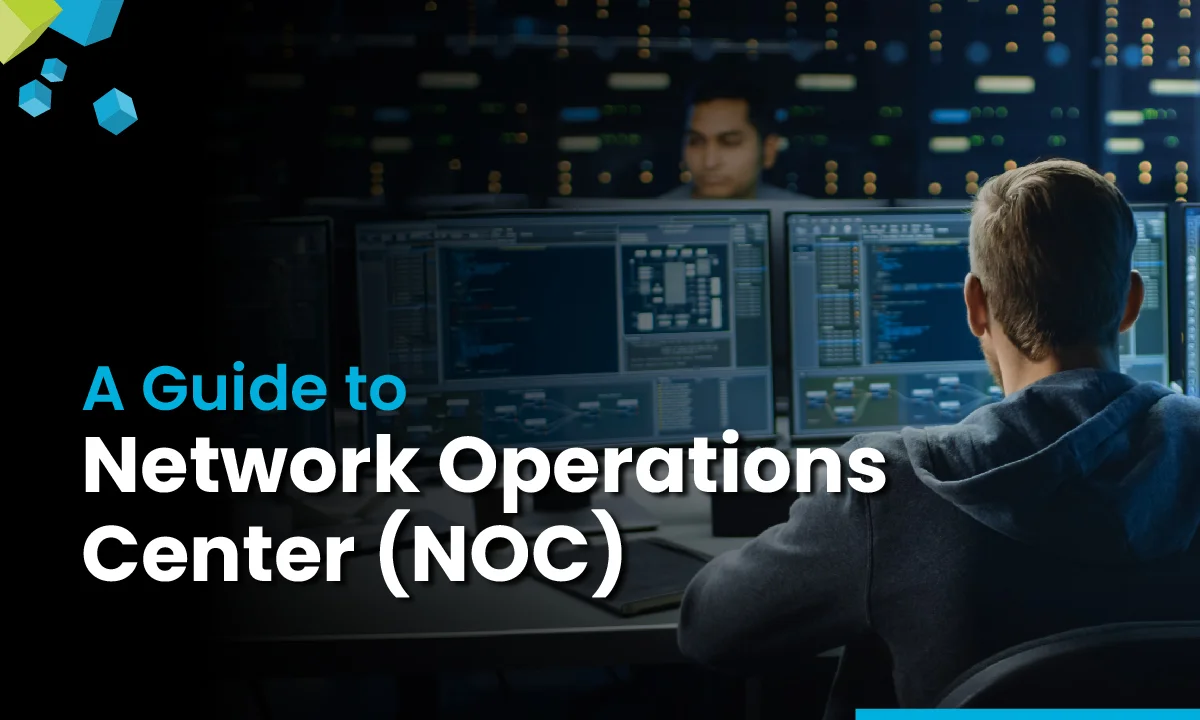Trending in Tech: NOC Best Practices That Make the News?

In a world where milliseconds matter, modern organizations can no longer afford downtime, sluggish response times, or security gaps. That’s why NOC best practices have become a hot topic in tech headlines, reshaping how businesses monitor, manage, and secure their networks. From automation to AI-driven analytics, the Network Operations Center best practices emerging today aren’t just upgrades—they’re game changers.
Let’s dive into the leading NOC best practices currently making waves in the industry, each trend unpacked with real-world applications and benefits.
Proactive Monitoring: Predict Before It Breaks
Gone are the days when NOCs would wait for an alert to react. Proactive monitoring now dominates the network operations playbook. This involves constant analysis of performance metrics, identifying anomalies, and resolving issues before they escalate.
For instance, AI-powered predictive maintenance tools are being integrated to study historical performance data. They forecast potential equipment failures, allowing NOC teams to replace or repair components ahead of time. This practice reduces Mean Time to Repair (MTTR), boosts uptime, and ensures customer satisfaction—making it one of the most vital NOC best practices today.
AI & Machine Learning in Network Intelligence
Automation isn’t just about reducing workload—it’s about smarter decision-making. AI and ML are now core components of Network Operations Center best practices. These technologies analyze large volumes of network data to detect patterns, recommend solutions, and even execute tasks autonomously.
For example, intelligent alerting systems can reduce noise by suppressing repetitive alerts and highlighting only critical incidents. AI tools can also help correlate incidents across different layers of the network, giving NOC engineers a 360-degree view in seconds rather than hours.
Real-Time Collaboration Tools and Remote Accessibility
In today’s hybrid work environment, collaboration tools and remote capabilities have become non-negotiable for NOC teams. Cloud-based dashboards, video conferencing tools, and incident management platforms allow geographically dispersed teams to collaborate seamlessly.
These tools empower NOC engineers to respond in real-time from anywhere, even via mobile devices. This flexibility is no longer a luxury—it’s a NOC best practice that boosts response speed, encourages expert collaboration, and ensures continuous support coverage.
Cybersecurity Integration: A Must-Have Layer
Modern NOCs must integrate with Security Operations Centers (SOCs) or at least embed cybersecurity capabilities. Network attacks can disrupt operations in seconds, and the boundary between IT operations and security is fading fast.
Network Operations Center best practices now include deploying Intrusion Detection Systems (IDS), implementing multi-factor authentication, and monitoring user behaviors. By embedding cybersecurity tools into NOC workflows, organizations ensure that threats are detected and neutralized faster, preserving both network integrity and brand reputation.
Unified Infrastructure Monitoring: One Dashboard to Rule Them All
With infrastructure becoming increasingly complex—spanning cloud, on-premise, and hybrid environments—visibility is everything. That’s why a unified monitoring system is a trending standard.
Instead of toggling between tools for network, application, and server metrics, modern NOCs are using integrated platforms like Datadog, SolarWinds, or Splunk. This centralization streamlines alert management, speeds up root cause analysis, and gives leadership real-time insights—making it a top-tier NOC best practice embraced by high-performing teams.
Standard Operating Procedures (SOPs) and Playbooks
Automation gets the glory, but consistency is built on well-documented processes. SOPs and incident response playbooks ensure that NOC teams follow standardized steps during high-pressure events.
Detailed documentation—complete with escalation matrices, troubleshooting trees, and resolution checklists—helps junior staff perform at senior levels. It also reduces training time and ensures business continuity during staff transitions. Having updated playbooks is one of the foundational Network Operations Center best practices that has stood the test of time.
Metrics-Driven Culture: Measure What Matters
“What gets measured, gets managed”—this saying is particularly true in NOCs. Metrics like MTTR, Mean Time to Detect (MTTD), system uptime, and ticket resolution times are no longer tracked casually; they are closely scrutinized through KPIs and dashboards.
Creating a performance-driven culture not only keeps the team accountable but also helps in identifying bottlenecks and improving SLA adherence. Data-driven insights shape continuous improvement—a hallmark of modern NOC best practices.
Tiered Support Structure with Clear Escalation Paths
To reduce resolution time and prevent burnout, many NOCs are adopting tiered support models. Level 1 handles basic troubleshooting, Level 2 manages in-depth diagnosis, and Level 3 tackles complex or critical escalations.
This structure ensures that issues are routed efficiently and that specialized engineers aren’t bogged down by low-level tasks. Clear escalation policies and automated routing tools are now part of standard Network Operations Center best practices.
Customer-Centric Incident Reporting
Transparency with clients is becoming a competitive advantage. Companies are now integrating customer communication into NOC workflows via branded dashboards, automated incident notifications, and SLA breach alerts.
Clients can track real-time system health, service ticket progress, and resolution history. This builds trust and reduces ticket volume, as clients often find answers themselves. Customer-centric communication is a relatively new but powerful NOC best practice making its way into enterprise IT operations.
Training and Simulation for Human Excellence
While tools are important, your NOC is only as good as the people who run it. Regular training, simulation exercises, and knowledge-sharing sessions are vital for keeping teams sharp.
Some organizations are investing in “gamified” simulations to mimic real-world outages. This enhances decision-making under pressure and builds team cohesion. Continuous learning and certification have become part of the DNA of Network Operations Center best practices, especially for Tier 2 and Tier 3 roles.
Conclusion
Whether it’s AI integration, cybersecurity vigilance, or unified dashboards, today’s NOC best practices are not just trending—they are essential. As networks grow more complex and users demand 24/7 reliability, organizations must evolve their operational strategies accordingly.
By embracing the latest Network Operations Center best practices, businesses can achieve higher uptime, better security, faster response, and a stronger competitive edge. The future belongs to NOCs that don’t just react but anticipate—and that journey begins with adopting the right best practices, today.



